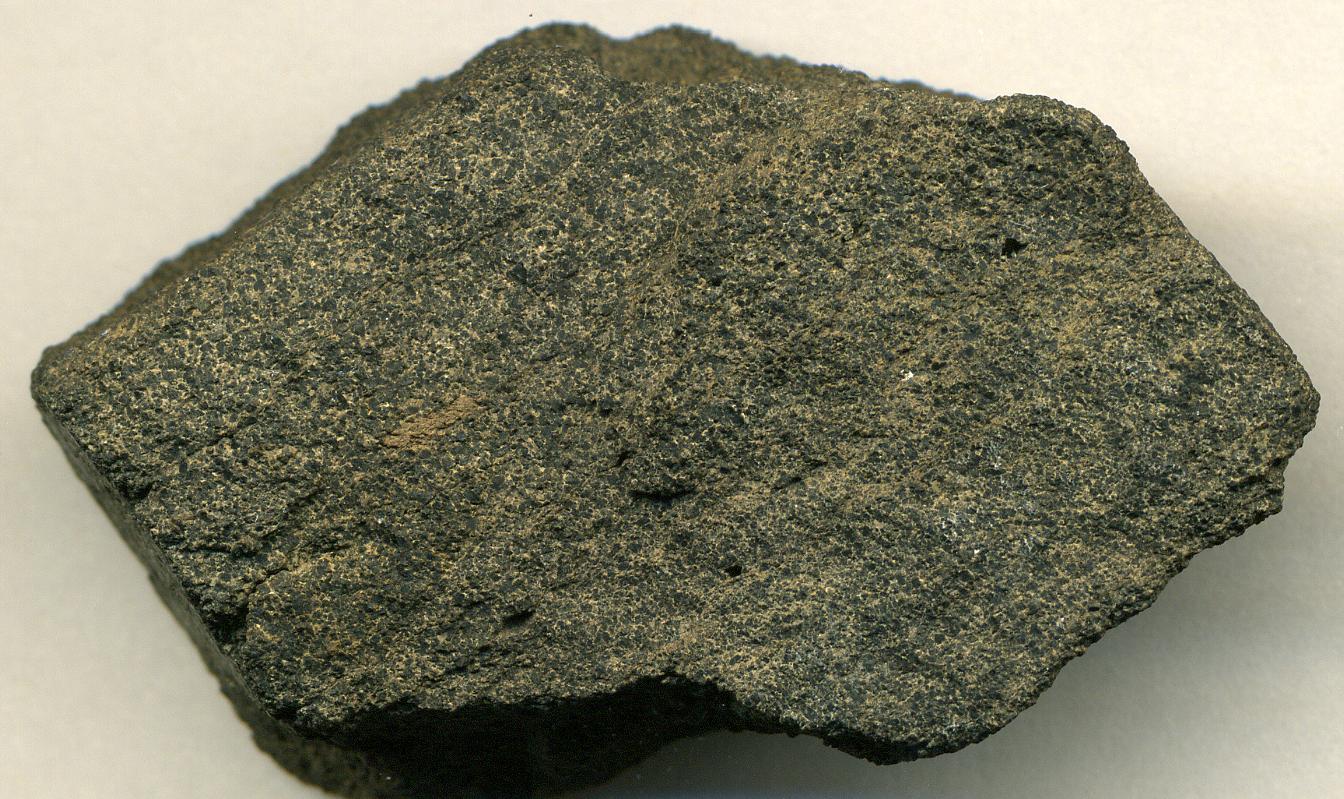|
Dengying Formation
The Dengying Formation is an upper Ediacaran (551-541 Ma) fossiliferous geologic formation found in South China. It was deposited on a shallow marine carbonate platform. Members Listed by ascending age: * The Hamajing Member is characterized by light grey, medium- to thick-bedded dolomite, intercalated with thin layers of chert. * The Shibantan Member is interpreted to represent a subtidal environment and is composed of dark grey, thin-bedded bituminous limestone. It is the most fossiliferous of the Dengying Formation members and has yielded several trace fossils, such as ''Lamonte''. * The Baimatuo Member consists of light grey, thick-bedded dolomite. Traditionally, the Tianzhushan Member was considered to be the uppermost unit of the Dengying Formation. However, its small shelly fossils and '' Micrhystridium''-like acritarchs are a shared characteristic with the Cambrian Yanjiahe Formation. Genera * '' Cloudina'' * ''Paracharnia'' * ''Sinotubulites'' * '' Yangtziramulus'' Ichn ... [...More Info...] [...Related Items...] OR: [Wikipedia] [Google] [Baidu] |
Formation (geology)
A geological formation, or simply formation, is a body of rock having a consistent set of physical characteristics ( lithology) that distinguishes it from adjacent bodies of rock, and which occupies a particular position in the layers of rock exposed in a geographical region (the stratigraphic column). It is the fundamental unit of lithostratigraphy, the study of strata or rock layers. A formation must be large enough that it can be mapped at the surface or traced in the subsurface. Formations are otherwise not defined by the thickness of their rock strata, which can vary widely. They are usually, but not universally, tabular in form. They may consist of a single lithology (rock type), or of alternating beds of two or more lithologies, or even a heterogeneous mixture of lithologies, so long as this distinguishes them from adjacent bodies of rock. The concept of a geologic formation goes back to the beginnings of modern scientific geology. The term was used by Abraham Gottlob Wer ... [...More Info...] [...Related Items...] OR: [Wikipedia] [Google] [Baidu] |
Phosphorite Formations
Phosphorite, phosphate rock or rock phosphate is a non-detrital sedimentary rock that contains high amounts of phosphate minerals. The phosphate content of phosphorite (or grade of phosphate rock) varies greatly, from 4% to 20% phosphorus pentoxide (P2O5). Marketed phosphate rock is enriched ("beneficiated") to at least 28%, often more than 30% P2O5. This occurs through washing, screening, de-liming, magnetic separation or flotation. By comparison, the average phosphorus content of sedimentary rocks is less than 0.2%.Blatt, Harvey and Robert J. Tracy, ''Petrology'', Freeman, 1996, 2nd ed. pp. 345–349 The phosphate is present as fluorapatite Ca5(PO4)3F typically in cryptocrystalline masses (grain sizes < 1 μm) referred to as -sedimentary apatite deposits of uncertain origin. It is also present as |

